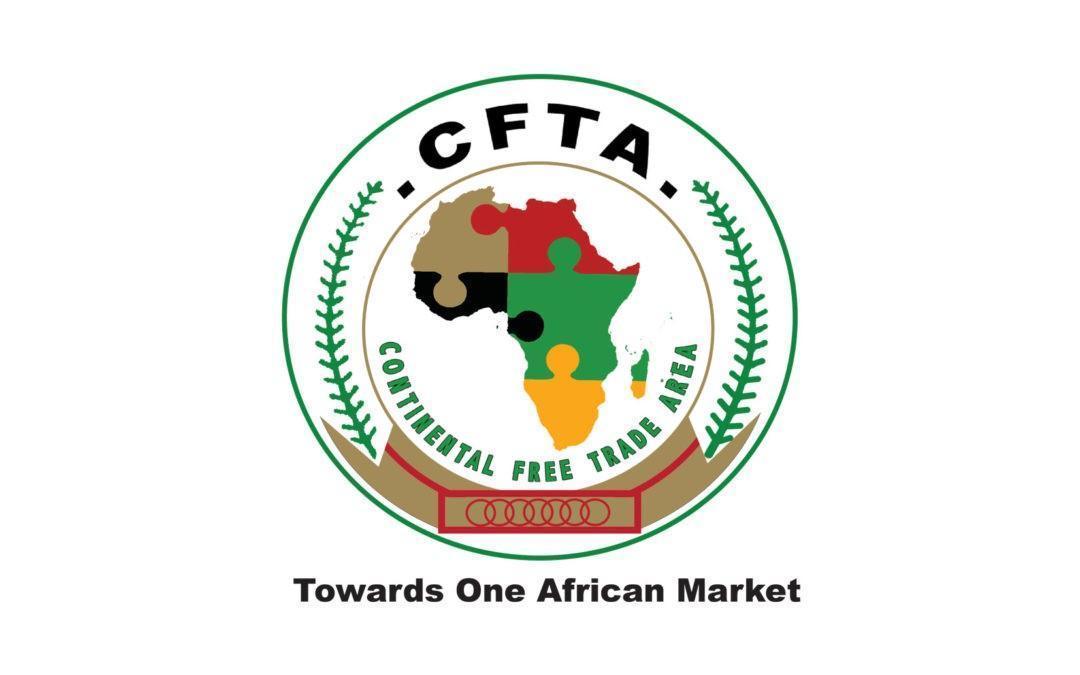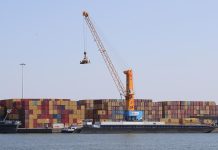Africa-Press – Eritrea. The African Continental Free Trade Area (AfCFTA) Secretariat has unveiled the tools that will address the ease of doing business in the continent.
The AfCFTA Secretary General (SG), Wamkele Mene, said they have taken very concrete and affirmative steps to address the ease of doing business within the African continent.
Mene was speaking during his engagement with the local private sector players on Friday at the Royal Villas. The purpose of the engagement was for the AfCFTA Secretariat to provide a guide on the implementation of the AfCFTA Agreement, including how member States, including Eswatini, can use the AfCFTA as an instrument for development.
Mene revealed that the first tool was the seamless Pan-African Payment and Settlement System (PAPSS), which is a cross-border, financial market infrastructure enabling payment transactions across Africa. He stated that before, when one company wanted to trade with their counterparts in other countries, they needed to first buy the Dollar. He said this carried a lot of costs for the traders.
Currencies
He said in order to address this challenge, together with the African Union (AU) and the Afreximbank, they went to the African head of State to present that they needed to change all the 42 currencies of the African continent and they endorsed the initiative to introduce a seamless payment system. “So, today, as we speak, you can trade with your counterpart in the PAPSS using local currency and the counterparts also receive their payment in their local currency as well,” said Mene. The secretary general said this was the first important tool to enable trade within the African continent and it was affordable and cost-effective.
He stated that the second tool was the Transit Guarantee Scheme, which by the end of the year would be in place. He said this scheme was underwritten by the Afreximbank in the AfCFTA as a legal agreement. Mene said this scheme would provide all the member States to have one scheme instead of many transit guarantee schemes. He revealed that the Afreximbank had provided support of up to US$800 million for the establishment of the scheme. He further revealed that the third tool introduced by the AfCFTA was the trade finance facility. He noted that the cost of money was very high and the cost of trade finance was prohibitive.
He said, therefore, they have been in discussions with commercial banks of the continent with a view to establish a platform where the banks would pool their resources to enable a continental trade finance facility. “We have made significant progress in that regard. We have already signed a memorandum of understanding (MoU) with the United Bank of Africa, which has committed US$7 billion to support small and medium enterprises that will be trading under the AfCFTA,” said the SG. Mene further said this bank had already disbursed about US$100 million. He said the fourth tool they have introduced for the purposes of easing trade and doing business was the AfCFTA electronic tariff tool.
He stated that in the past, businesses as economic operators in the Southern African Development Community (SADC) were subjected to many different tariffs of the other African regions. He said in order to address that, they had streamlined this, as now there would be one tariff whereby whether you were exporting to West Africa, Central Africa, the tariff that applies to one’s product of export was the same.
He said on the same issue of tariffs, exporters were subjected to many rules of origin and that also imposed a lot of costs and regulatory burden. He said to address this, they had agreed on 92.3 per cent rules of origin for the African exporters to trade under. He said there were only two areas that were left to address and that were the textile and automotive. He said once the African ministers of trade reach an agreement, the continent would have 100 per cent rules of origin for their entire continent. Mene further revealed the fifth tool being the AfCFTA Adjustment Fund. He said countries were in different levels of industrial development and export participation. He said as a result, there were so many imbalances and as AfCFTA they did not want that.
“We do not want the AfCFTA to benefit only those developed countries, but every country of the continent,” he said. The secretary general said that was why they introduced the AfCFTA Adjustment Fund endorsed by the heads of State. He said they had entered into a partnership with the Afreximbank to establish a manager for the fund. “Our target is US$10 billion capitalisation of the fund and we have already mobilised US$1 billion,” he said.
Agreement
He said the US$1 billion was already available not only for governments but also for the private sector. He said once they reached their target they would be able to make sufficient disbursements. He said it would come in the form of extended finance, grants and loans. The Kingdom of Eswatini as a member of the African Union (AU) signed the agreement establishing the AfCFTA in March, 2018 during the Summit of Heads of State and Government, held in Kigali, Rwanda. Eswatini ratified the agreement during the same year, which qualifies the country to benefit from preferential market access within the AfCFTA covering both trade in goods and services.
The AfCFTA is an important initiative in increasing Eswatini’s exports, facilitating investment and increases the country’s prospects of stimulating industrialisation including value chains development, employment creation, income-generation and poverty reduction. The AfCFTA Agreement came into force in May 2019, with the start of trading to commence on January 1, 2021. Trade among State Parties is currently taking place under the Guided Trade Initiative and about eight State parties are already trading under this initiative.
For More News And Analysis About Eritrea Follow Africa-Press







